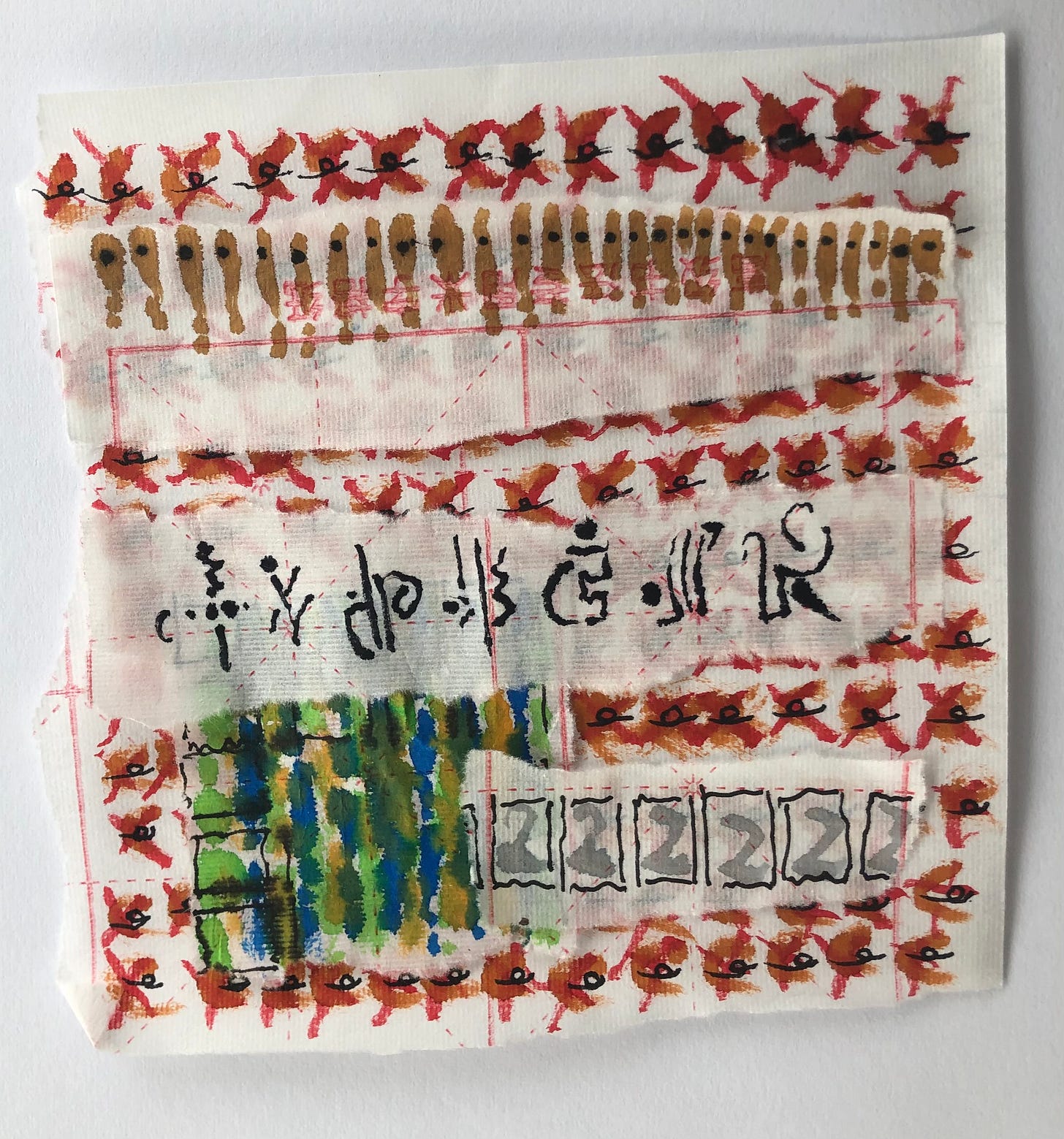Based on comments I receive from readers I believe that the public is often confused by the difference between the teacher unions - the NEA and the AFT - and state pension organizations and their boards of trustees.
While active and retired teachers get to elect members of the board of the Illinois Teacher Retirement System, it is not the same as the union. The Illinois governor selects the majority of the trustees.
And the TRS board is known for its lack of transparency.
I would include the teacher representatives as not being transparent.
It has been a year since five executives were fired by the board, including executive director Richard Ingram. The board has offered up no explanation.
All we have received is a lame response to the governor’s Inspector General investigation of the unethical and probably illegal actions of TRS CIO Jay Singh and CFO Jana Bergschneider.
Last March the AFT issued a report expressing concern about teacher pension investments in high risk private equity.
The report was written by Professor Samir Sonti of the City University of New York and co-published by the AFT
The report explains how PE investments are bad for teachers financially and their negative impact on society.
Sonti and the union call for reducing pension investments in PE, greater transparency of fees and returns on investment and requiring PE firms to stop eliminating public sector jobs and privatizing public sector assets.
Yet there is nothing to suggest that Illinois’ TRS has any intention of changing it ways.
Their immediate stated goal is to put 15% of our investment assets in risky alternative private equity.
As the Illinois legislature continues it annual practice of paying less than their actuarial obligation and the debt liability grows, TRS will likely turn to an even higher percentage in PE.
For many of my retired colleagues this is not a concern so long as their monthly pension check shows up in their bank account.
I think that is a mistake.





"It has been a year since five executives were fired by the board, including executive director Richard Ingram. The board has offered up no explanation."
"Last March the AFT issued a report expressing concern about teacher pension investments in high risk private equity."
"As the Illinois legislature continues it annual practice of paying less than their actuarial obligation and the debt liability grows, TRS will likely turn to an even higher percentage in PE."
"For many of my retired colleagues this is not a concern so long as their monthly pension check shows up in their bank account."
The cumulative effects of these problems are enormous. It is similar to the causes of climate change. When several or all of these to varying degrees reach crisis points, the implosion will be catastrophic. The time to start dealing openly and positively on TRS problems is now.